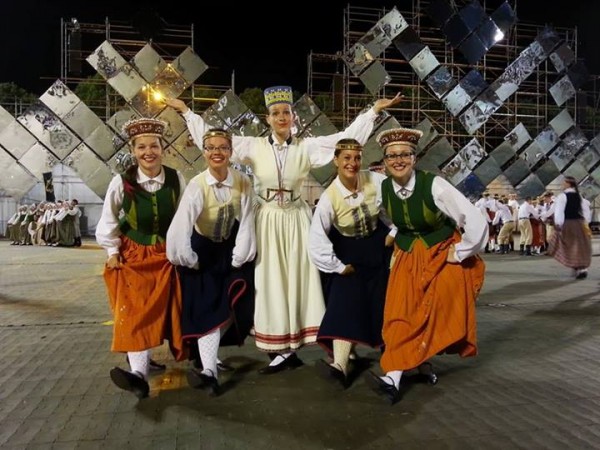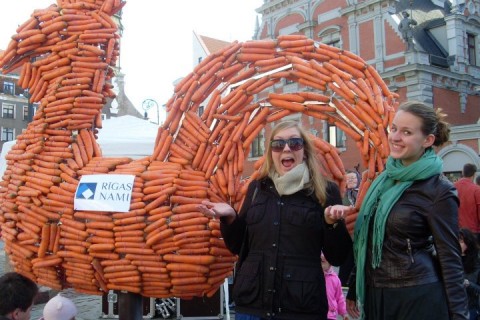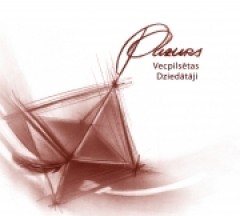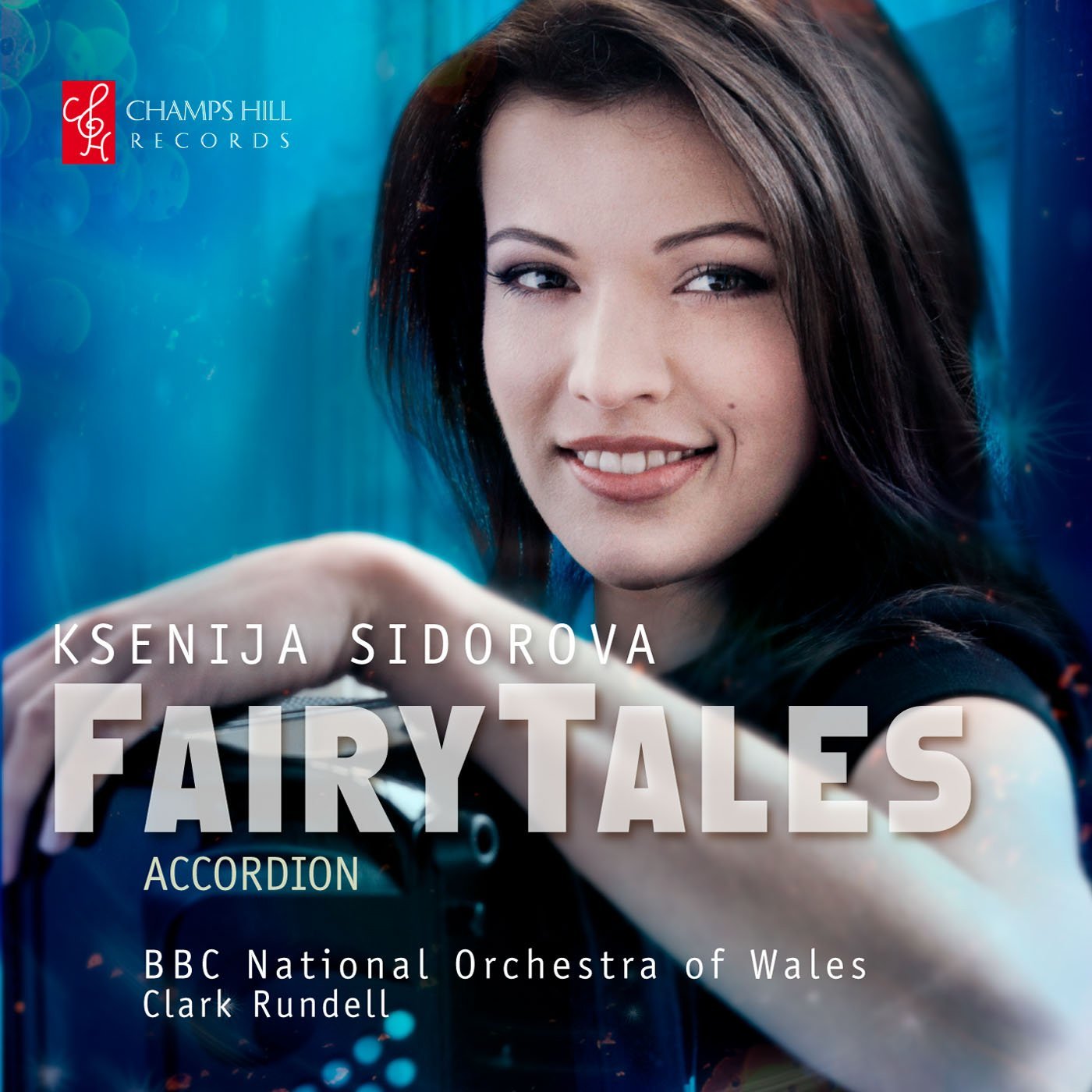
Jūlija (center) took part in the 2013 Latvian Song and Dance Festival, dancing with the folk dance group “Ritenītis”. Photo courtesy of Jūlija Gifford.
Latvians Online interviewed Jūlija Gifford, a Canadian-Latvian twenty-something who moved to Latvia from Ontario a few years ago.
We wanted to learn how she found the move and how she’s doing now. Her answers were honest and at the same time quite inspirational.
How and when did you decide to move to Latvia? Was it easy to reach this decision? How did your family and friends take the news?
I decided I’d study in Latvia around the same time when all of my friends were choosing their universities, in Grade 12. After having done a lot of research about Ontario universities, different programs, going to all of the university fairs, I came to the realization that I didn’t feel passionate about any of the opportunities that my classmates were looking at. I wasn’t the kind of person who knew that they would only be a doctor, lawyer, etc, and I had too many different interests to be able to focus on one. So I decided to look outside Canada’s borders, where the real education would come in the form of life experience.
It was a difficult decision to reach. There was minimal information available for international students, and there was a lot of uncertainty involved. While applications for universities in Canada happen in the winter, applications in Latvia only happen in the summer. So by graduation all of my friends had already been accepted and knew where they would be going in the fall, while I was left, crossing my fingers, hoping everything would be OK.
I’ve always been quite independent – so my family and friends’ opinions never really factored into my decision-making. But for the most part everyone was very supportive.
What was it like – enrolling to study at a university in Latvia? Was it a simple or complicated process? What would be your tips for others interested in studying in Latvia with no experience with Latvian bureaucracy?
The process of applying isn’t complicated in itself – what caused the most headaches was everything leading up to the application deadline. The first challenge was that I had decided on a program at Rīgas Stradiņa Universitāte (International Relations – European Studies) – a program that’s entirely in Latvian. Therefore, they didn’t foresee a possibility that they’d have to deal with international students’ applications. They had listed all sorts of requirements for applying, like centralized-state graduation exams, and an entrance exam for which they offered preparation courses the entire previous semester (which I obviously couldn’t attend, being in Canada and all..). After many long-distance phone calls, I was finally given the program director’s cell phone number. He was very kind and good-hearted, and was absolutely sure that I should come to Riga “Brauc tik šurp, gan jau viss būs kārtībā!”.(Come on over, everything will be fine) OK, not exactly the hard evidence that I was looking for to calm my nerves. But he told me I wouldn’t have to write the state exam, and that was a relief. It was just the entrance exam that I would have to deal with. I would, however, have the disadvantage of not being able to attend the exam preparation courses.
When I arrived in Riga, and went to go hand in my application (this all happens manually – I physically had to go there to apply), I came across the next challenge. You needed a personas kods(personal ID code for citizens. Ed.) to apply. I, armed with Canadian citizenship, wasn’t in possession of such a code. When I dug around to find out how I could get myself such a code, then I came across the Citizens Migration Affairs Deparment, who told me I’d be given a code once I apply for a residence permit. Ok, so how do I get a residence permit? I had to come with a signed contract with the university, that I’ve been accepted. And so this cycle was unbreakable, because I couldn’t get that contract without a code. Quite silly.
I only found out years later that you can get a temporary code from VID (Valsts Ieņēmumu Dienests– the State Revenue Service). Mūžu dzīvo, mūžu mācies!(Live and learn)
What would I suggest to students? If possible, to take advantage of the dual citizenship law – that will make life much easier for you. Also, constantly asking everyone any possible information. Just because something isn’t written on their website, doesn’t mean that you can’t apply. If I’ve learned anything in my time with the university, you can negotiate anything, if you have the guts to try.
How did you find a place to live, and how to arrange payments for utility bills? Was it easy to get through the bureaucratic red tape?
For the first semester of my studies I stayed with relatives. That gave me time to get over the culture shock, make some friends, and find my place in society. Soon enough I was looking for an apartment with a friend from school, who obviously knew the system much better than I did. It was great, because I got a crash course in where to look for apartments (try ss.lv for starters), how to haggle with owners, and how the utility payments work. She took care of the paperwork, as well. When she left for an exchange semester, I was well prepared to take on the challenge by myself.
How did you cope language-wise – did you feel you Latvian was strong enough to be able to settle in quickly? How did you get by with limited Russian?
When I had first decided to study in Latvia, part of my reasoning was “I already speak the language”. Only when I began to spend time with people my age did I understand how little I knew. Not only words, but expressions, and common rusicisms (da vai, točna, karoče, etc.). I was a while before I was able to confidently banter with other friends, and even longer still until my friends stopped interrupting me to mimic my accent.
I had little contact with Russian at all for the first year. My time was spent in very Latvian spaces. My relatives and then roommate only spoke Latvia, my studies only happened in Latvian, my classmates for the most part were Latvian, and my evening activity – Latvian folk dancing – was also obviously very Latvian. If I was approached on the street in Russian then I would calmly explain that I don’t understand, and then person would either switch to Latvian or move on to someone else. I never felt left out or at a disadvantage that I didn’t speak the language. It wasn’t until I joined the international youth organization called AIESEC that I became friends with ethnic Russians, but I’m thankful I did, because it challenged a lot of stereotypes that I had grown up with.
Tell me a bit about your first year in Latvia. How did you feel in the first year, then a year later? What did you learn most during that first year – about studying and daily life in Latvia?
The first year was certainly the most difficult year, as I assume it must be for anyone living abroad. I had the advantage of living with relatives, who showed me the ropes. But it also came with minuses – when living with relatives, you can’t exactly play host to all of your new friends very often without disrupting the pre-existing family dynamic. Creating a social circle I found to be the most important factor to feeling good in the city. As soon as I had my own apartment, my own kitchen in which to demonstrate my awesome lasagna-making skills, it was much easier to break down the barriers of the introverted and guarded Latvians. There’s something about cooking for others that forges trust and a strong bond.
Having scheduled social interactions also helped, like going to school and folk dancing rehearsals. I can’t imagine how lonely and depressing my first year (and winter!) would’ve been without this default set of friends.
My overall impression of the first year was that this is a place that does things differently than what we’re used to. This brings about a lot of introspection. On one side, I’m coming from a successful, prosperous country. Surely, that means that my way of doing things is better. On the other side, constantly reminding Latvians of “how we do things in Canada” is not the way to make friends. It also completely ignores local customs, culture, everything that comes with living abroad (be it good, or bad). The longer I’ve been here the more I’ve begun to question what’s “right” (hint: the answer is that not everything’s black and white). And then there are other things that obviously have to change (like the notion of civil responsibility, human right concerns, etc.). You end up treading a fine line between “when in Rome” and wanting to share your experience. I’ve found that the best option is to observe, accept, be tolerant, and quietly lead by example.
How long have you been living in Latvia, and what are you up to now?
This is my 7th year in Latvia. Right now I’m working for one of the biggest tech companies – the Draugiem Group. That’s the home to the Latvian social network Draugiem.lv, and also houses 16 other companies. I work with the companies that are geared towards a North American audience, helping out with text, emails, marketing campaigns, social media accounts, I write blogs, and generally just help them get attention internationally. The projects I work with are diverse. We have printing projects like Startup Vitamins, Behappy and Printful. We have a smart-home system called Istabai, and cool office tech tools like Welco, 1Work and Booktime. Otherwise I also dance, both Latvian folk dancing and ballet, and I help out with the youth organization AIESEC whenever I can. Generally, I love taking advantage of the culture in the city.

Jūlija (on the right) with a friend at the Miķeldienas Market in October. Photo courtesy of Jūlija Gifford.





